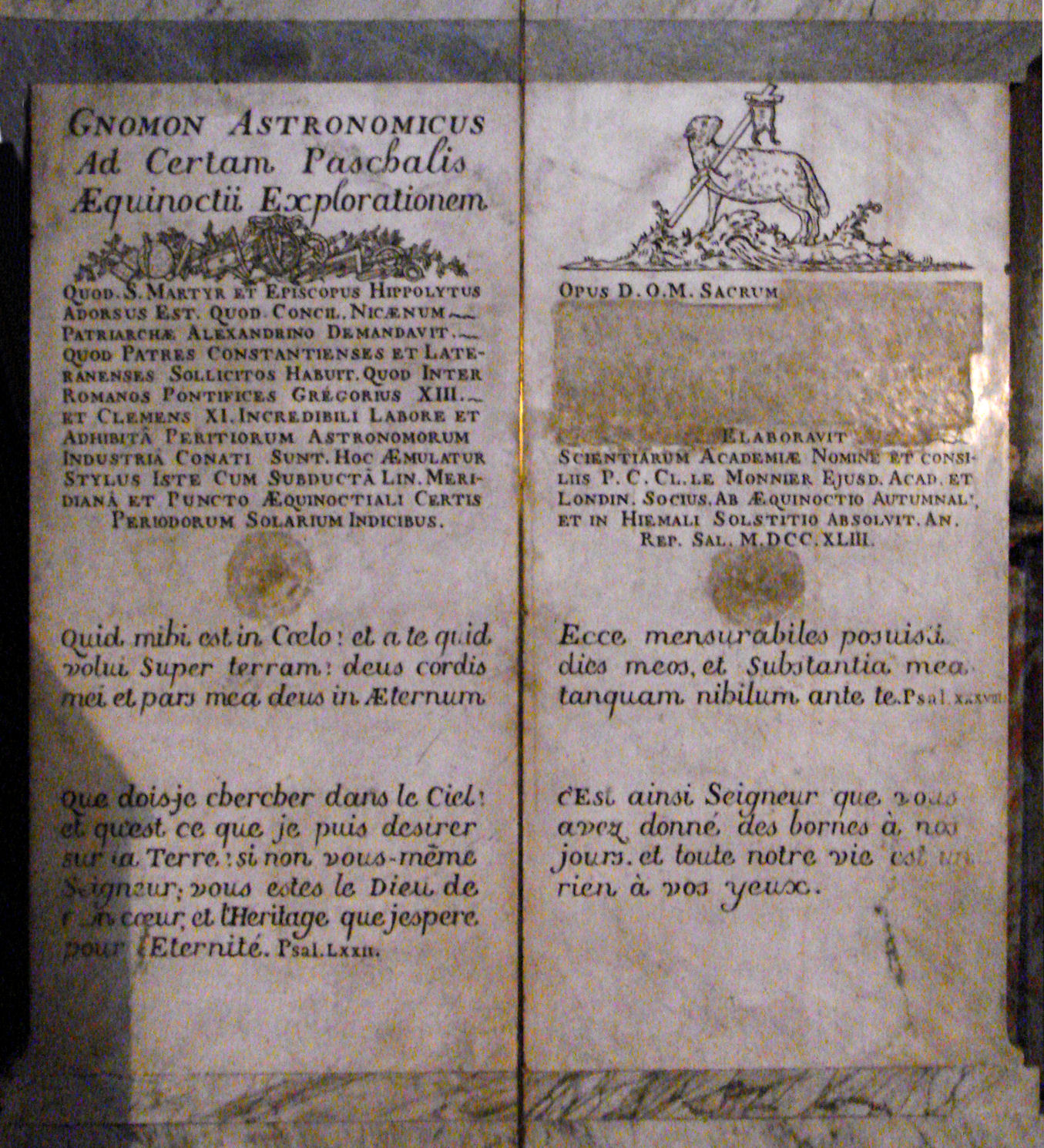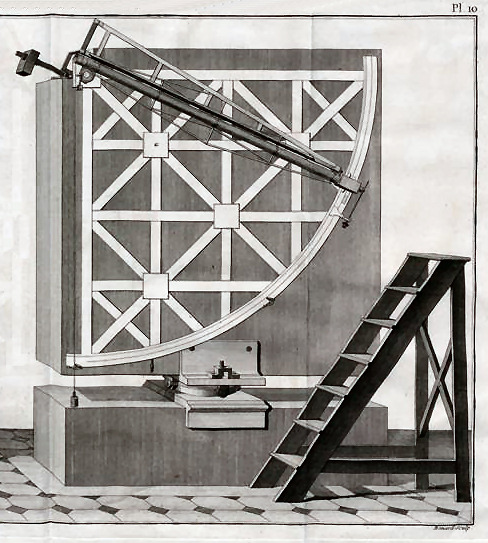Pierre Charles Le Monnier on:
[Wikipedia]
[Google]
[Amazon]
Pierre Charles Le Monnier (; 20 November 1715 – 31 May 1799) was a French
 His persistent recommendation of
His persistent recommendation of
Lists of Fellows of the Royal Society 1660 – 2007
URL. Retrieved 19 February 2010. and was one of the 144 original members of the institute. On 29 January 1745 he also became a member of the
Mitglieder der Vorgänger-Akademien
URL. Retrieved 19 February 2010. The crater Le Monnier on the
 *''Histoire céleste'' (1741)
*''Théorie des comètes'' (1743, a translation, with additions of Halley's ''Synopsis'')
*''Institutions astronomiques'' (1746, an improved translation of
*''Histoire céleste'' (1741)
*''Théorie des comètes'' (1743, a translation, with additions of Halley's ''Synopsis'')
*''Institutions astronomiques'' (1746, an improved translation of
astronomer
An astronomer is a scientist in the field of astronomy who focuses on a specific question or field outside the scope of Earth. Astronomers observe astronomical objects, such as stars, planets, natural satellite, moons, comets and galaxy, galax ...
. His name is sometimes given as Lemonnier.
Biography
Le Monnier was born in Paris, where his father Pierre (1675–1757), also an astronomer, was professor of philosophy at the college d'Harcourt. His first recorded astronomical observation was made before he was sixteen, and the presentation of an elaborate lunar map resulted in his admission to theFrench Academy of Sciences
The French Academy of Sciences (, ) is a learned society, founded in 1666 by Louis XIV at the suggestion of Jean-Baptiste Colbert, to encourage and protect the spirit of French Scientific method, scientific research. It was at the forefron ...
, on 21 April 1736, aged only 20. He was chosen in the same year to accompany Pierre Louis Maupertuis
Pierre Louis Moreau de Maupertuis (; ; 1698 – 27 July 1759) was a French mathematician, philosopher and man of letters. He became the director of the Académie des Sciences and the first president of the Prussian Academy of Science, at the ...
and Alexis Clairaut
Alexis Claude Clairaut (; ; 13 May 1713 – 17 May 1765) was a French mathematician, astronomer, and geophysicist. He was a prominent Newtonian whose work helped to establish the validity of the principles and results that Isaac Newton, Sir Isaa ...
on their geodetical expedition for measuring a meridian arc of approximately one degree's length to Torne Valley in Lapland. In 1738, shortly after his return, he explained, in a memoir read before the academy, the advantages of John Flamsteed
John Flamsteed (19 August 1646 – 31 December 1719) was an English astronomer and the first Astronomer Royal. His main achievements were the preparation of a 3,000-star catalogue, ''Catalogus Britannicus'', and a star atlas called '' Atlas ...
's mode of determining right ascension
Right ascension (abbreviated RA; symbol ) is the angular distance of a particular point measured eastward along the celestial equator from the Sun at the equinox (celestial coordinates), March equinox to the (hour circle of the) point in questio ...
s.
 His persistent recommendation of
His persistent recommendation of British
British may refer to:
Peoples, culture, and language
* British people, nationals or natives of the United Kingdom, British Overseas Territories and Crown Dependencies.
* British national identity, the characteristics of British people and culture ...
methods and instruments contributed effectively to the reform of French practical astronomy, and constituted the most eminent of his services to science. He corresponded with James Bradley
James Bradley (September 1692 – 13 July 1762) was an English astronomer and priest who served as the third Astronomer Royal from 1742. He is best known for two fundamental discoveries in astronomy, the aberration of light (1725–1728), and ...
, was the first to represent the effects of nutation
Nutation () is a rocking, swaying, or nodding motion in the axis of rotation of a largely axially symmetric object, such as a gyroscope, planet, or bullet in flight, or as an intended behaviour of a mechanism. In an appropriate reference fra ...
in the solar tables, and introduced, in 1741, the use of the transit-instrument at the Paris Observatory
The Paris Observatory (, ), a research institution of the Paris Sciences et Lettres University, is the foremost astronomical observatory of France, and one of the largest astronomical centres in the world. Its historic building is on the Left Ban ...
. He visited England in 1748, and, in company with the Earl of Morton
The title Earl of Morton was created in the Peerage of Scotland in 1458 for James Douglas of Dalkeith. Along with it, the title Lord Aberdour was granted. This latter title is the courtesy title for the eldest son and heir to the Earl of Morton. ...
and James Shore the optician, continued his journey to Scotland, where he observed the annular eclipse
A solar eclipse occurs when the Moon passes between Earth and the Sun, thereby obscuring the view of the Sun from a small part of Earth, totally or partially. Such an alignment occurs approximately every six months, during the eclipse season i ...
of 25 July.
The liberality of King Louis XV
Louis XV (15 February 1710 – 10 May 1774), known as Louis the Beloved (), was King of France from 1 September 1715 until his death in 1774. He succeeded his great-grandfather Louis XIV at the age of five. Until he reached maturity (then defi ...
of France, in whose favour Le Monnier stood high, furnished him with the means of procuring the best instruments, many made in Britain. Amongst the fruits of his industry may be mentioned a laborious investigation of the disturbances of Jupiter
Jupiter is the fifth planet from the Sun and the List of Solar System objects by size, largest in the Solar System. It is a gas giant with a Jupiter mass, mass more than 2.5 times that of all the other planets in the Solar System combined a ...
by Saturn
Saturn is the sixth planet from the Sun and the second largest in the Solar System, after Jupiter. It is a gas giant, with an average radius of about 9 times that of Earth. It has an eighth the average density of Earth, but is over 95 tim ...
, the results of which were employed and confirmed by Euler
Leonhard Euler ( ; ; ; 15 April 170718 September 1783) was a Swiss polymath who was active as a mathematician, physicist, astronomer, logician, geographer, and engineer. He founded the studies of graph theory and topology and made influential ...
in his prize essay of 1748; a series of lunar observations extending over fifty years; some interesting researches in terrestrial magnetism
The ''Journal of Geophysical Research'' is a peer-reviewed scientific journal. It is the flagship journal of the American Geophysical Union. It contains original research on the physical, chemical, and biological processes that contribute to the u ...
and atmospheric electricity
Atmospheric electricity describes the electrical charges in the Earth's atmosphere (or that of another planet). The movement of charge between the Earth's surface, the atmosphere, and the ionosphere is known as the global atmospheric electrica ...
, in the latter of which he detected a regular diurnal period; and the determination of the places of a great number of stars, including at least twelve separate observations of Uranus
Uranus is the seventh planet from the Sun. It is a gaseous cyan-coloured ice giant. Most of the planet is made of water, ammonia, and methane in a Supercritical fluid, supercritical phase of matter, which astronomy calls "ice" or Volatile ( ...
, between 1750 and its recognition as a planet. In his lectures at the Collège de France
The (), formerly known as the or as the ''Collège impérial'' founded in 1530 by François I, is a higher education and research establishment () in France. It is located in Paris near La Sorbonne. The has been considered to be France's most ...
he first publicly expounded the analytical theory of gravitation
In physics, gravity (), also known as gravitation or a gravitational interaction, is a fundamental interaction, a mutual attraction between all massive particles. On Earth, gravity takes a slightly different meaning: the observed force b ...
, and his timely patronage secured the services of Jérôme Lalande
Joseph Jérôme Lefrançois de Lalande (; 11 July 1732 – 4April 1807) was a French astronomer, freemason and writer. He is known for having estimated a precise value of the astronomical unit (the distance from the Earth to the Sun) using measu ...
for astronomy.
Le Monnier's temper and hasty speech resulted in many arguments and grudges. He fell out with Lalande "during an entire revolution of the moon's nodes". His career was ended by paralysis
Paralysis (: paralyses; also known as plegia) is a loss of Motor skill, motor function in one or more Skeletal muscle, muscles. Paralysis can also be accompanied by a loss of feeling (sensory loss) in the affected area if there is sensory d ...
late in 1791, and a repetition of the stroke terminated his life. He died at Héril near Bayeux
Bayeux (, ; ) is a commune in the Calvados department in Normandy in northwestern France.
Bayeux is the home of the Bayeux Tapestry, which depicts the events leading up to the Norman Conquest of England in 1066. It is also known as the fir ...
. By his marriage with Mademoiselle de Cussy he left three daughters, one of whom became the wife of Joseph-Louis Lagrange
Joseph-Louis Lagrange (born Giuseppe Luigi LagrangiaRoyal Society
The Royal Society, formally The Royal Society of London for Improving Natural Knowledge, is a learned society and the United Kingdom's national academy of sciences. The society fulfils a number of roles: promoting science and its benefits, re ...
,The Royal SocietyLists of Fellows of the Royal Society 1660 – 2007
URL. Retrieved 19 February 2010. and was one of the 144 original members of the institute. On 29 January 1745 he also became a member of the
Prussian Academy of Sciences
The Royal Prussian Academy of Sciences () was an academy established in Berlin, Germany on 11 July 1700, four years after the Prussian Academy of Arts, or "Arts Academy," to which "Berlin Academy" may also refer. In the 18th century, when Frenc ...
.Berlin-Brandenburgische Akademie der WissenschaftenMitglieder der Vorgänger-Akademien
URL. Retrieved 19 February 2010. The crater Le Monnier on the
Moon
The Moon is Earth's only natural satellite. It Orbit of the Moon, orbits around Earth at Lunar distance, an average distance of (; about 30 times Earth diameter, Earth's diameter). The Moon rotation, rotates, with a rotation period (lunar ...
is named after him.
Works
 *''Histoire céleste'' (1741)
*''Théorie des comètes'' (1743, a translation, with additions of Halley's ''Synopsis'')
*''Institutions astronomiques'' (1746, an improved translation of
*''Histoire céleste'' (1741)
*''Théorie des comètes'' (1743, a translation, with additions of Halley's ''Synopsis'')
*''Institutions astronomiques'' (1746, an improved translation of John Keill
John Keill FRS (1 December 1671 – 31 August 1721) was a Scottish mathematician, natural philosopher, and cryptographer who was an important defender of Isaac Newton.
Biography
Keill was born in Edinburgh, Scotland on 1 December 1671. His fa ...
's textbook)
*''Nouveau zodiaque'' (1755)
*''Observations de la lune, du soleil, et des étoiles fixes'' (1751–1775)
*''Lois du magnétisme'' (1776–1778)
References
;Attribution *External links
{{DEFAULTSORT:Le Monnier, Pierre 1715 births 1799 deaths Scientists from Paris 18th-century French astronomers Members of the French Academy of Sciences Fellows of the Royal Society